Description
Comprehensive PubChem-Based Research Overview
Molecular Identity & Structure
Dihexa, chemically designated as N-hexanoic-L-tyrosyl-L-isoleucine-N-hexylamide, is cataloged in PubChem under CID 57458948 [1]. It is classified as a modified angiotensin IV analogue, where fatty acid extensions enhance lipophilicity and blood–brain barrier permeability. Its molecular formula is C28H45N3O4, with a molecular weight of ~487.7 g/mol [1][2].
Origin & Classification
Derived from angiotensin IV, Dihexa is structurally altered to extend biological half-life and enhance receptor binding. This classification places it within the synthetic neuropeptide mimetic family, useful for research on cognitive and synaptic processes [1].
Synaptic Plasticity Research
PubChem-linked literature indicates Dihexa as a potent facilitator of synaptogenesis [1]. In vitro assays report increased dendritic spine density and synapse formation when neurons are exposed to the compound. These properties make it valuable for studying mechanisms of neural connectivity and structural remodeling.
Molecular Pathways & Mechanistic Models
Experimental data aggregated in PubChem describe Dihexa as acting through modulation of the hepatocyte growth factor (HGF)/c-Met pathway, which plays a role in neuronal survival and synaptic reorganization [2]. Researchers employ it in biochemical assays measuring receptor activation, kinase cascades, and downstream transcriptional changes.
Neurogenesis & Cognitive Models
Dihexa’s PubChem record references preclinical data showing effects on memory formation and learning paradigms in animal models [1][2]. While these are strictly non-clinical, they highlight its relevance in mechanistic cognitive research, offering a probe for neuronal circuit plasticity studies.
Assay & Analytical Applications
- Electrophysiology: Used to assess synaptic transmission and long-term potentiation (LTP).
- Neurochemical Studies: Applied to monitor neurotransmitter turnover and receptor crosstalk.
- Molecular Biology: Integrated into gene expression assays exploring plasticity-related markers.
Its PubChem identifiers allow reproducible integration into screening libraries, SAR studies, and analytical QC pipelines.

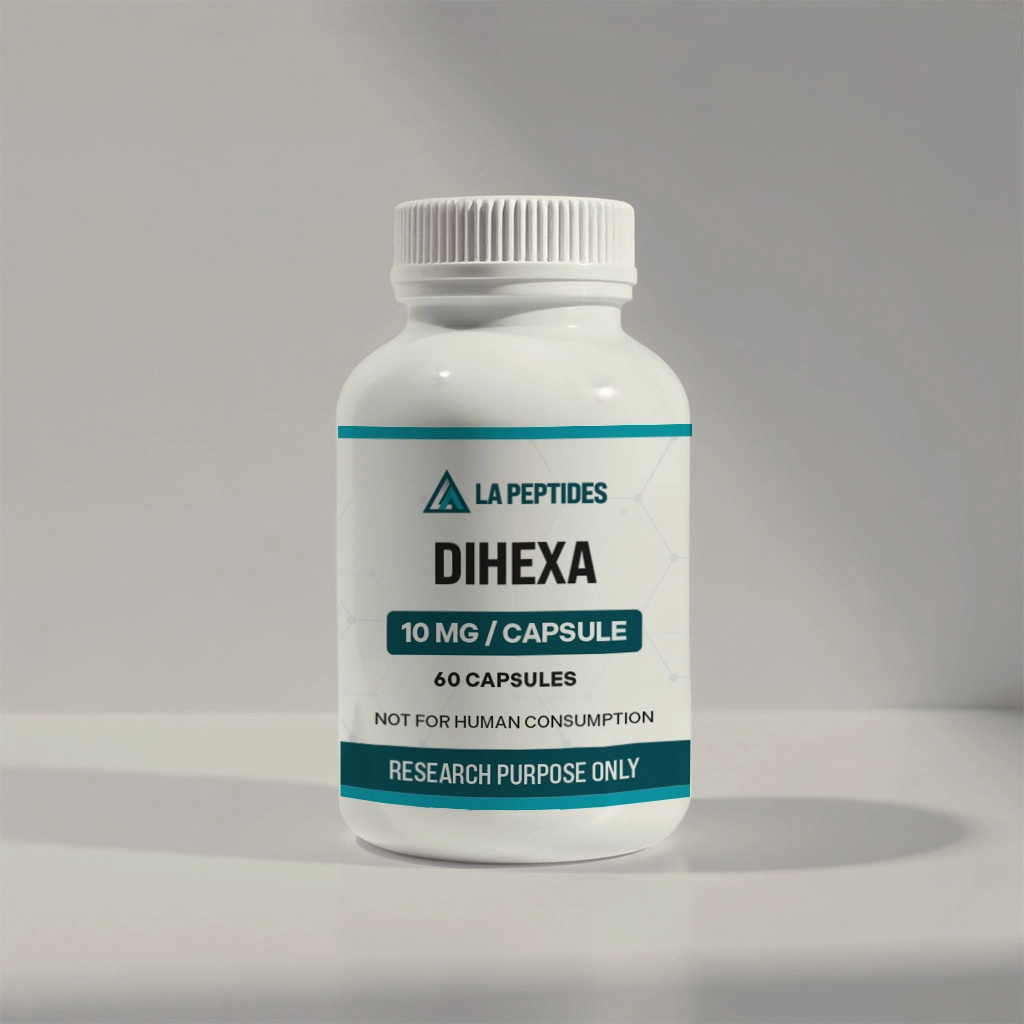
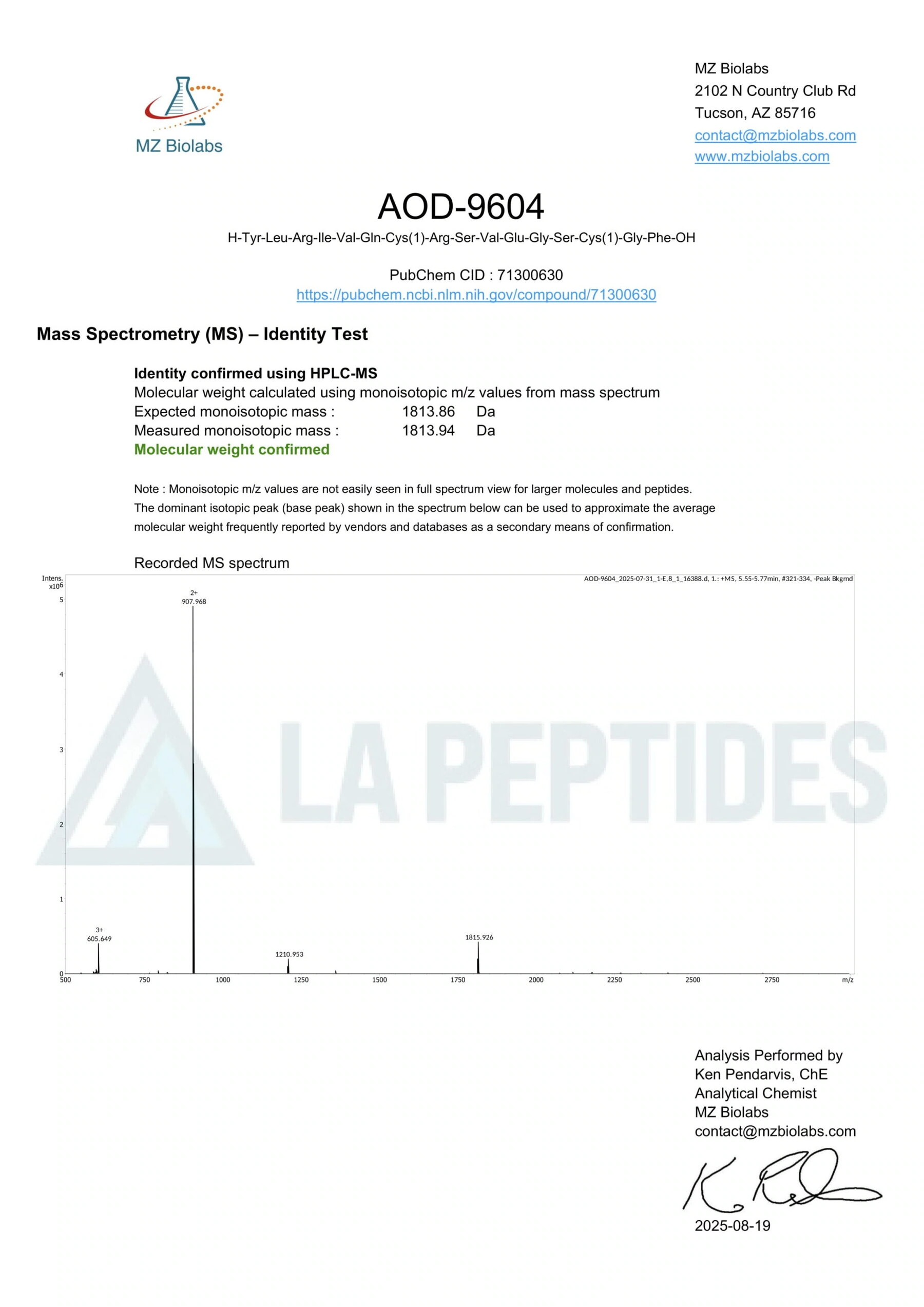
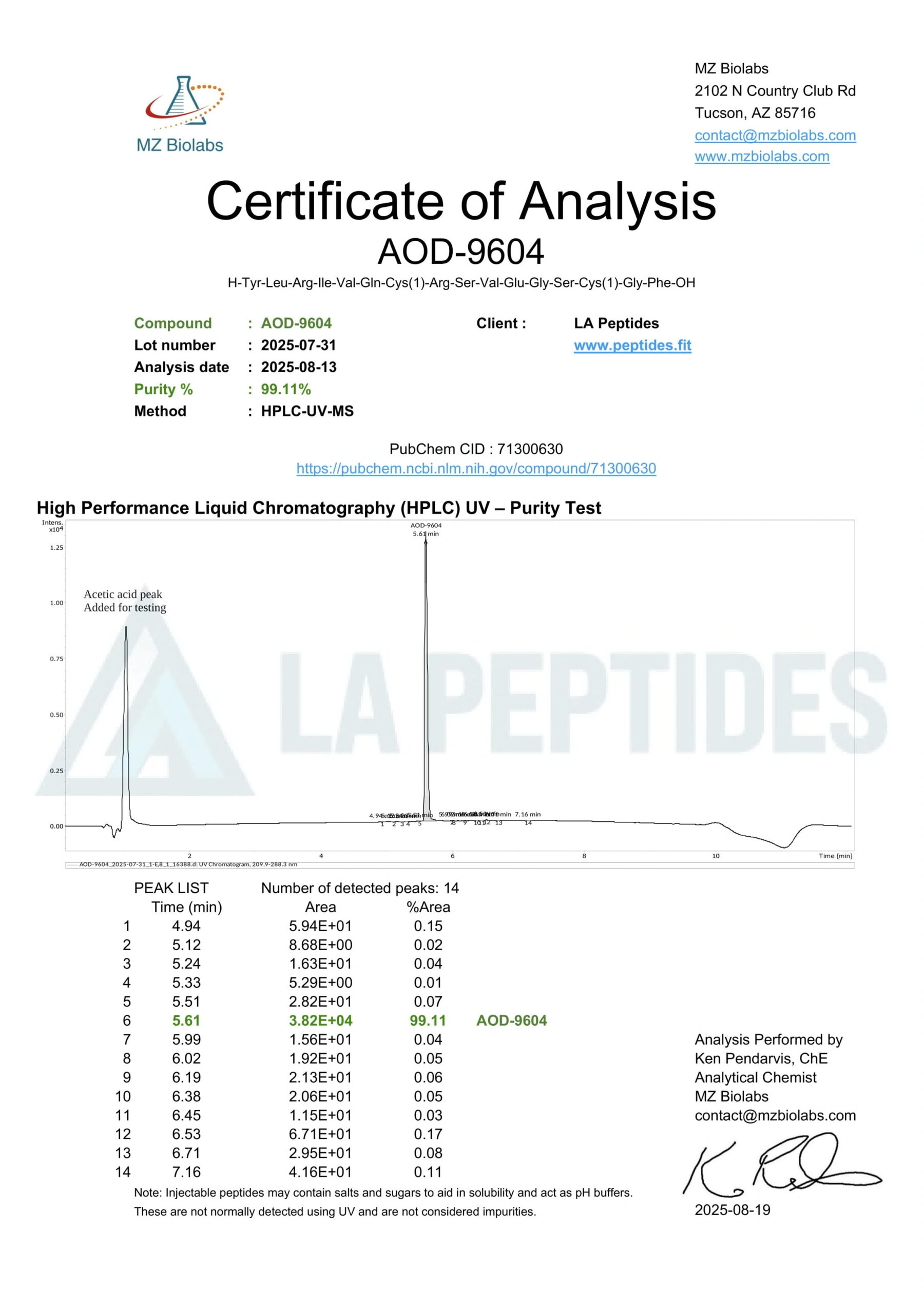


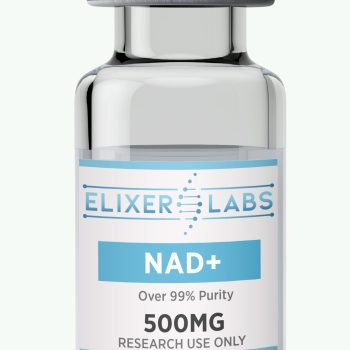







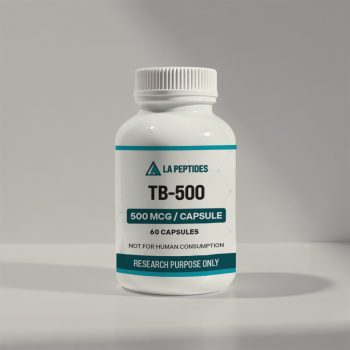

There are no reviews yet.